Home>Renovation & DIY>Home Renovation Guides>How To Finance Home Improvement


Home Renovation Guides
How To Finance Home Improvement
Modified: January 9, 2024
Learn how to finance your home renovation with our comprehensive guides. Find the best options to fund your home improvement projects. Expert tips and advice for successful financing.
(Many of the links in this article redirect to a specific reviewed product. Your purchase of these products through affiliate links helps to generate commission for Storables.com, at no extra cost. Learn more)
Introduction
Welcome to the ultimate guide on financing your home improvement projects. Whether you're dreaming of a kitchen remodel, a luxurious bathroom upgrade, or a cozy backyard renovation, this guide will equip you with the knowledge and insights to make your home improvement aspirations a reality.
Embarking on a home improvement project is an exciting endeavor, but it often comes with significant financial considerations. From minor upgrades to major renovations, understanding the various financing options available is crucial for ensuring that your vision can be brought to life within your means. This comprehensive guide will walk you through the process of assessing your renovation needs, setting a realistic budget, and exploring diverse financing avenues. By the end, you'll be well-versed in the world of home improvement loans, leveraging home equity, considering personal loans, and even tapping into government programs and grants.
So, whether you're a seasoned homeowner looking to revamp your space or a first-time buyer eager to personalize your new abode, this guide is tailored to help you navigate the financial landscape of home improvement. Let's embark on this enlightening journey to discover the most suitable financing options for your unique renovation aspirations.
Key Takeaways:
- Plan your home improvement budget wisely by assessing your needs, setting aside a contingency fund, and prioritizing essential upgrades to maximize the value and functionality of your space.
- Explore diverse financing options such as home improvement loans, home equity, personal loans, and government programs to fund your renovation project while aligning with your financial goals and renovation aspirations.
Assessing Your Home Improvement Needs
Prior to delving into the realm of financing, it’s essential to conduct a thorough assessment of your home improvement needs. Begin by envisioning the changes you wish to implement in your living space. Consider the functionality, aesthetics, and overall ambiance you aim to achieve. Whether it’s creating an open-concept layout, upgrading to energy-efficient appliances, or enhancing the curb appeal of your home, identifying your specific renovation goals is the foundational step in this process.
Next, evaluate the condition of your property. Take note of any structural issues, outdated features, or areas that require immediate attention. This assessment will help prioritize the essential renovations that are crucial for the safety, functionality, and longevity of your home. Additionally, consider the long-term benefits of each improvement, such as potential energy savings, increased property value, and enhanced comfort for you and your family.
Furthermore, it’s valuable to gather inspiration from various sources. Browse home improvement magazines, websites, and social media platforms to gather ideas that resonate with your vision. You may also seek inspiration from friends’ and family members’ homes, as well as from professional renovation projects in your neighborhood. By amalgamating these insights, you can refine your vision and gain a clearer understanding of the improvements that align with your preferences and lifestyle.
Lastly, consult with professionals in the home improvement industry. Whether it’s a contractor, interior designer, or architect, their expertise can provide invaluable insights into the feasibility and potential costs of your renovation ideas. Engaging in these discussions will not only refine your vision but also equip you with a realistic understanding of the scope of work involved.
By thoroughly assessing your home improvement needs, you’ll be well-prepared to embark on the next crucial step: setting a budget for your renovation project.
Setting a Budget
Once you’ve assessed your home improvement needs and identified the scope of your renovation project, the next pivotal step is setting a realistic budget. Establishing a well-defined budget is imperative for ensuring that your renovation plans align with your financial capabilities.
Begin by conducting thorough research on the potential costs associated with the specific improvements you intend to make. This includes material expenses, labor costs, permit fees, and any additional expenses that may arise during the renovation process. Utilize online resources, seek quotes from contractors, and consult with industry professionals to gain a comprehensive understanding of the financial implications of your project.
It’s essential to incorporate a contingency fund into your budget to account for unexpected expenses or potential changes to the initial plan. As a general rule of thumb, setting aside 10-20% of your total budget for contingencies can provide a financial safety net and mitigate the impact of unforeseen circumstances.
Consider the financing options available to you and evaluate how they align with your budget. Whether you plan to utilize savings, apply for a loan, or explore alternative financing methods, it’s crucial to ensure that your budget accommodates the associated costs and repayment obligations. Additionally, factor in the potential impact of the renovation on your property taxes, insurance premiums, and ongoing maintenance expenses.
While it’s natural to aspire to lavish upgrades and premium materials, it’s important to maintain a pragmatic approach when setting your budget. Prioritize the essential improvements that align with your needs and long-term goals, ensuring that your financial resources are allocated effectively to maximize the value and functionality of your home.
By setting a well-informed and comprehensive budget, you’ll lay a solid foundation for the financial aspect of your home improvement project, setting the stage for the next phase: exploring the diverse financing options available to bring your vision to fruition.
Exploring Financing Options
As you embark on your home improvement journey, it’s essential to explore the diverse financing options available to fund your renovation project. Understanding the range of financial avenues will empower you to make informed decisions and select the most suitable option tailored to your specific needs and circumstances.
One of the primary financing options to consider is utilizing your personal savings. Assess your current financial position and evaluate the feasibility of funding the renovation project through your savings. While using personal funds avoids the complexities of loan applications and interest payments, it’s important to ensure that your savings remain sufficient for emergencies and other financial goals.
If utilizing personal savings is not feasible or preferable, securing a home improvement loan is a popular avenue for funding renovations. These loans are specifically designed to cater to home improvement projects, offering competitive interest rates and flexible repayment terms. Research various lenders, including banks, credit unions, and online lending platforms, to compare loan options and identify the most favorable terms for your circumstances.
Another viable financing avenue is leveraging the equity in your home. Home equity loans and home equity lines of credit (HELOC) allow homeowners to borrow against the value of their property, using the equity built up over time as collateral. This option often provides access to substantial funds at relatively favorable interest rates, making it an attractive choice for substantial renovation projects.
Personal loans present an alternative financing option for homeowners seeking to fund their home improvements. These unsecured loans, available from banks, online lenders, and credit unions, offer a streamlined application process and can provide the necessary funds without leveraging your home as collateral. While interest rates for personal loans may be higher than those for home equity-based options, they offer greater flexibility and do not entail the risk of losing home equity in the event of default.
Furthermore, exploring government programs and grants tailored to home improvements can uncover additional financial support. Research local, state, and federal programs aimed at promoting energy efficiency, property rehabilitation, and community development. These initiatives may offer financial incentives, tax credits, or grants to offset the costs of eligible home improvement projects.
By delving into the diverse financing options available, you can select the most suitable avenue to fund your home improvement project, aligning with your financial goals and ensuring a seamless and well-supported renovation process.
Understanding Home Improvement Loans
Home improvement loans are a popular financing option specifically tailored to fund renovation projects, offering homeowners access to the funds necessary to enhance their living spaces. Understanding the intricacies of these loans is crucial for making informed decisions and selecting the most suitable option for your home improvement endeavor.
One of the primary advantages of home improvement loans is their specialized nature, as they are designed to cater to the unique financial requirements of renovation projects. These loans typically offer favorable interest rates and flexible repayment terms, making them an attractive choice for homeowners seeking to fund their home improvements without leveraging their home equity.
There are various types of home improvement loans, including secured and unsecured options. Secured loans require collateral, such as the property being renovated, and often offer higher borrowing limits and lower interest rates. On the other hand, unsecured loans do not necessitate collateral but may have stricter eligibility criteria and higher interest rates.
When considering home improvement loans, it’s essential to compare offers from diverse lenders, including banks, credit unions, and online lending platforms. Assess the interest rates, loan terms, and associated fees to identify the most favorable option that aligns with your financial circumstances and renovation goals.
Furthermore, some home improvement loans may be accompanied by specific eligibility criteria, such as minimum credit score requirements and documentation of the planned renovations. Prepare the necessary documentation, including detailed renovation plans, cost estimates, and proof of income, to streamline the loan application process and expedite the funding of your project.
Before committing to a home improvement loan, carefully review the terms and conditions, ensuring a comprehensive understanding of the repayment schedule, interest accrual, and any potential penalties for early repayment or default. By maintaining transparency and clarity in your interactions with lenders, you can make informed decisions and secure a loan that best suits your renovation aspirations.
Ultimately, home improvement loans serve as a valuable financial tool for homeowners embarking on renovation projects, providing the necessary funds to transform their living spaces and enhance the comfort, functionality, and aesthetic appeal of their homes.
Consider a home equity loan or line of credit to finance your home improvement project. These options typically have lower interest rates and can be tax-deductible.
Read more: How To Finance Home Renovations
Using Home Equity for Renovations
Leveraging the equity in your home is a strategic and commonly utilized approach to fund renovation projects, offering homeowners access to substantial funds at favorable interest rates. Home equity, the difference between the market value of your property and the outstanding mortgage balance, serves as a valuable asset that can be harnessed to finance renovations and enhance the overall value of your home.
One of the primary methods of tapping into home equity for renovations is through a home equity loan. This loan, often structured as a lump-sum disbursement, allows homeowners to borrow against the equity in their property, with the home serving as collateral. Home equity loans typically offer fixed interest rates and predictable monthly payments, providing a stable and structured financing option for substantial renovation projects.
Alternatively, homeowners can opt for a home equity line of credit (HELOC), which functions as a revolving line of credit secured by the equity in the property. HELOCs offer flexibility in borrowing, enabling homeowners to withdraw funds as needed during the draw period, typically spanning several years. This dynamic financing tool provides homeowners with the freedom to access funds for ongoing renovations, with interest payments applicable only to the amount borrowed.
When considering the utilization of home equity for renovations, it’s essential to conduct a comprehensive assessment of your financial position and the potential impact of leveraging home equity. Carefully evaluate the total equity available, the estimated costs of the renovations, and the impact of the additional debt on your overall financial stability.
Furthermore, it’s crucial to engage in thorough research and comparison of home equity loan and HELOC offers from various lenders, including banks, credit unions, and mortgage providers. Assess the interest rates, repayment terms, closing costs, and any associated fees to identify the most favorable option that aligns with your renovation goals and financial objectives.
Additionally, bear in mind that utilizing home equity for renovations entails the risk of placing your property as collateral. It’s imperative to maintain a realistic and sustainable repayment plan to ensure the successful completion of your renovation project while safeguarding the equity and integrity of your home.
By leveraging the equity in your home for renovations, you can access substantial funds at favorable terms, empowering you to elevate the comfort, functionality, and aesthetic appeal of your living space while potentially increasing the overall value of your property.
Considering Personal Loans
When exploring financing options for home improvements, personal loans present a flexible and accessible avenue for homeowners seeking to fund their renovation projects. Unlike home equity-based loans, personal loans are unsecured, meaning they do not require collateral such as the property being renovated. This makes personal loans an attractive option for homeowners who may not have substantial equity or prefer not to leverage their home for financing.
One of the primary advantages of personal loans is their streamlined application process and relatively quick approval timelines, making them an efficient solution for funding home improvements. Whether you’re planning minor upgrades or substantial renovations, personal loans offer the flexibility to access the necessary funds without the complexities associated with home equity-based financing.
When considering personal loans for home improvements, it’s essential to evaluate your creditworthiness and financial stability. Lenders typically assess factors such as credit score, income, and debt-to-income ratio when determining loan eligibility and terms. Maintaining a strong credit profile and demonstrating a stable financial standing can enhance your prospects of securing a favorable personal loan for your renovation project.
Research various lenders offering personal loans, including banks, online lending platforms, and credit unions, to compare interest rates, repayment terms, and associated fees. By obtaining multiple quotes and thoroughly assessing the loan offers, you can identify the most competitive option that aligns with your financial objectives and renovation goals.
Furthermore, personal loans offer fixed or variable interest rates, providing homeowners with the flexibility to select a repayment structure that best suits their preferences and budget. It’s important to carefully review the terms and conditions of the loan, including the repayment schedule, potential prepayment penalties, and any associated fees, to ensure a comprehensive understanding of the financial commitment.
When utilizing personal loans for home improvements, it’s crucial to establish a clear budget and renovation plan to effectively allocate the borrowed funds. Whether you’re revamping your kitchen, upgrading your bathroom, or enhancing your outdoor living space, personal loans provide the financial means to transform your living environment and elevate the comfort and functionality of your home.
By considering personal loans as a viable financing option for your home improvement project, you can access the necessary funds to bring your renovation vision to fruition while maintaining financial flexibility and control throughout the process.
Exploring Government Programs and Grants
When embarking on home improvement projects, exploring government programs and grants can provide valuable financial support and incentives to offset the costs of renovations. These initiatives, offered at the local, state, and federal levels, aim to promote energy efficiency, property rehabilitation, and community development, offering homeowners access to funding, tax credits, and resources to enhance their living spaces.
One of the primary avenues for accessing government support is through energy efficiency programs. These initiatives often provide financial incentives and rebates for implementing energy-saving upgrades, such as installing solar panels, upgrading to energy-efficient appliances, and enhancing insulation and weatherization. By participating in these programs, homeowners can reduce their energy consumption, lower utility costs, and contribute to environmental sustainability while offsetting a portion of the renovation expenses.
Additionally, government grants tailored to property rehabilitation and historic preservation offer financial assistance to homeowners seeking to restore and revitalize their homes. These grants may target specific neighborhoods or properties with historical significance, providing funding for structural repairs, architectural enhancements, and preservation efforts. By leveraging these grants, homeowners can preserve the character and heritage of their properties while receiving financial support for essential renovations.
Furthermore, community development programs administered by local and state governments offer grants and resources to improve neighborhood infrastructure, revitalize public spaces, and enhance the overall livability of residential areas. These initiatives may encompass initiatives such as facade improvement, streetscape enhancements, and community beautification projects, fostering a sense of pride and cohesion within the community while providing financial support for eligible home improvement endeavors.
When exploring government programs and grants, it’s essential to conduct thorough research and engage with local authorities, housing agencies, and community development organizations to identify the available opportunities. Understanding the eligibility criteria, application processes, and project requirements is crucial for successfully accessing government support for your home improvement project.
By taking advantage of government programs and grants, homeowners can not only alleviate the financial burden of renovations but also contribute to broader societal and environmental objectives. Whether it’s enhancing energy efficiency, preserving historical properties, or fostering community development, these initiatives offer valuable support to homeowners seeking to elevate the comfort, sustainability, and aesthetic appeal of their living spaces.
Conclusion
Congratulations on completing this comprehensive guide to financing your home improvement projects. By delving into the intricacies of assessing your renovation needs, setting a realistic budget, and exploring diverse financing options, you’ve gained valuable insights to embark on your renovation journey with confidence and clarity.
As you contemplate the various financing avenues, remember that a well-defined budget serves as the cornerstone of your renovation project, guiding your financial decisions and ensuring a sustainable and successful outcome. Whether you opt for home improvement loans, leverage your home equity, consider personal loans, or explore government programs and grants, aligning your financing strategy with your renovation goals is essential for achieving the desired transformation of your living space.
It’s important to approach the financing process with a pragmatic mindset, balancing your aspirations with financial prudence. Prioritize the essential improvements that align with your lifestyle and long-term objectives, ensuring that your financial resources are allocated effectively to maximize the value and functionality of your home.
Furthermore, as you navigate the diverse options for funding your home improvements, consider the long-term implications of each financing avenue. Whether it’s the predictability of a fixed-rate home equity loan, the flexibility of a personal loan, or the environmental impact of energy efficiency programs, each option presents unique benefits and considerations that warrant careful evaluation.
Ultimately, your home improvement journey is a reflection of your vision, creativity, and commitment to enhancing the comfort and beauty of your living space. By leveraging the knowledge and insights gained from this guide, you are well-equipped to make informed decisions and select the most suitable financing option to bring your renovation aspirations to fruition.
As you embark on this transformative endeavor, remember that the journey itself is as significant as the destination. Embrace the process of envisioning, planning, and executing your home improvements, and celebrate each milestone along the way. Whether it’s a modest upgrade or a comprehensive renovation, the investment in your home is an investment in your well-being and the legacy of your living space for years to come.
With a clear vision, prudent financial planning, and a touch of creativity, you’re poised to embark on a remarkable home improvement journey that will elevate the comfort, functionality, and aesthetic appeal of your home. May your renovations bring joy, inspiration, and lasting value to your living environment, creating a space that truly embodies your vision and enriches your daily life.
Frequently Asked Questions about How To Finance Home Improvement
Was this page helpful?
At Storables.com, we guarantee accurate and reliable information. Our content, validated by Expert Board Contributors, is crafted following stringent Editorial Policies. We're committed to providing you with well-researched, expert-backed insights for all your informational needs.
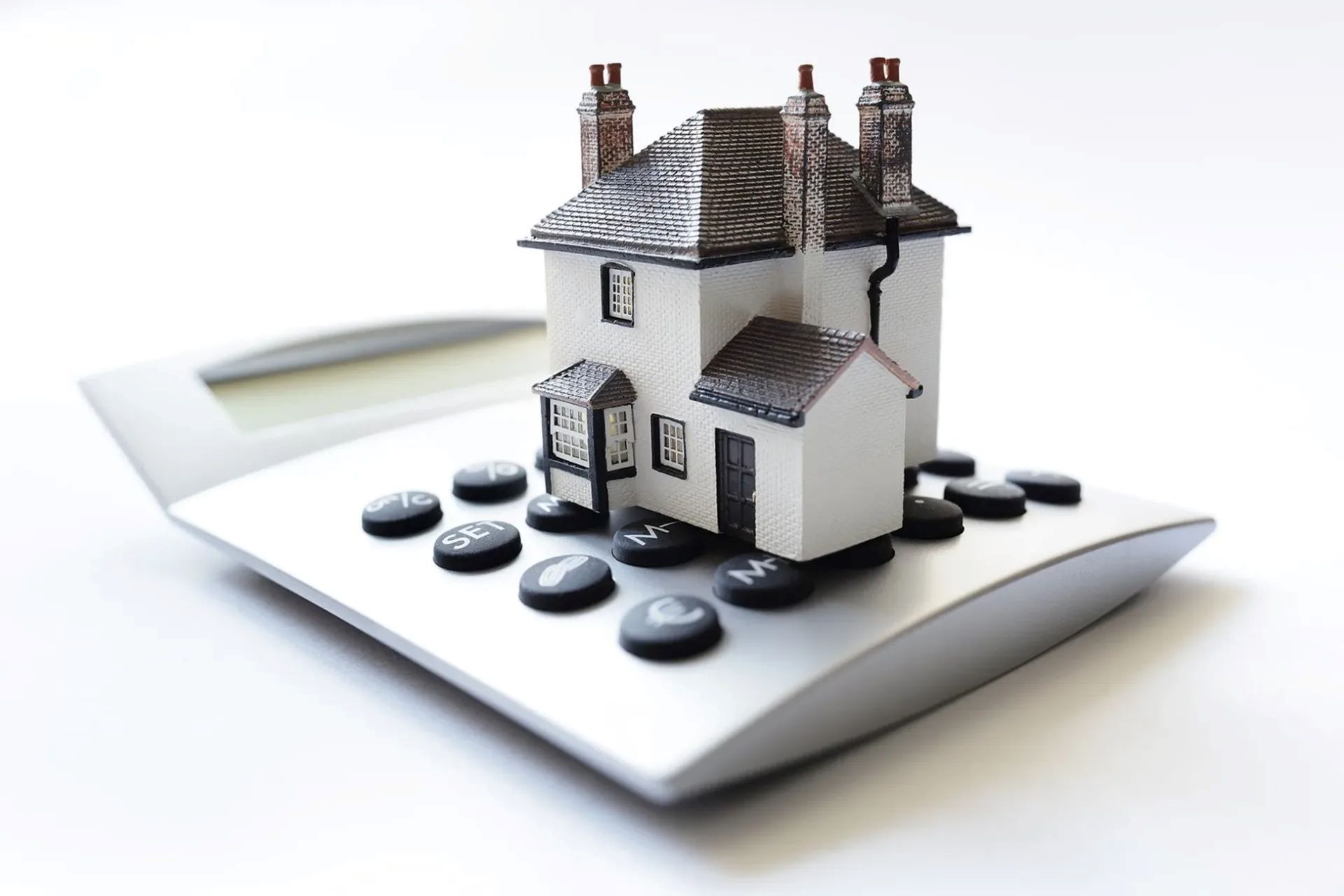


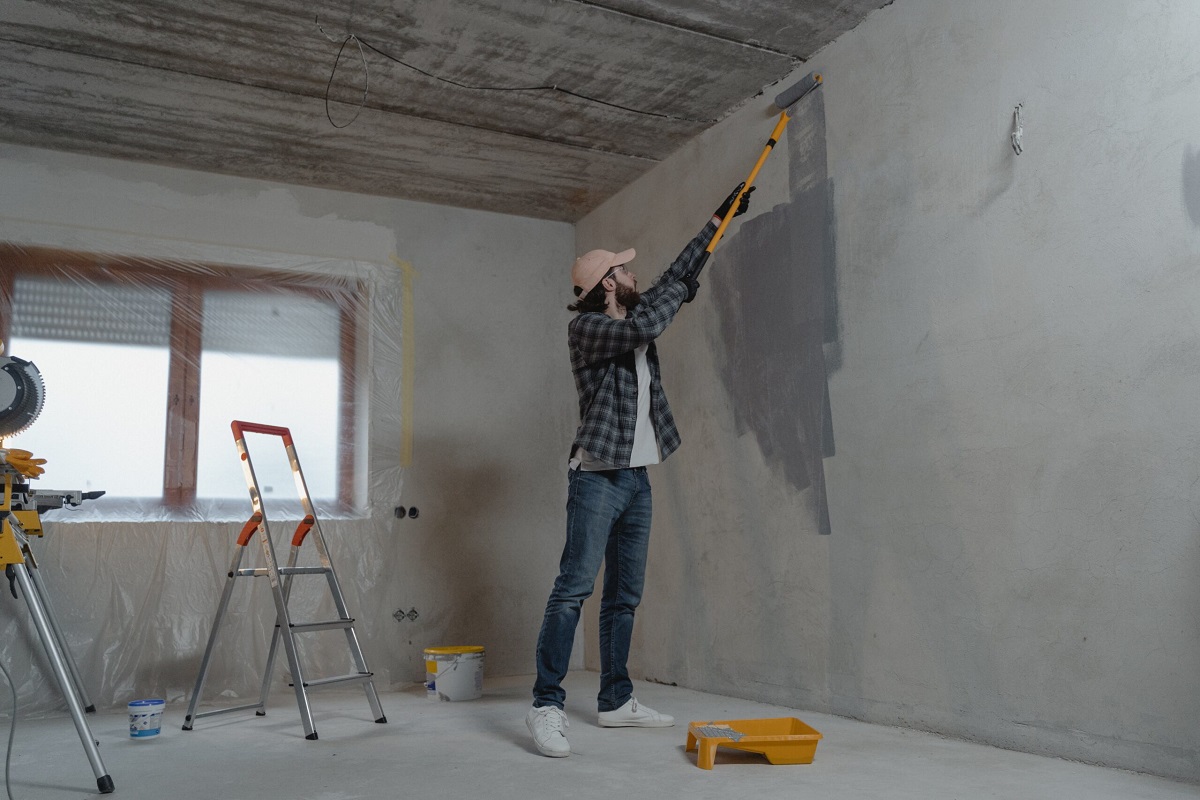
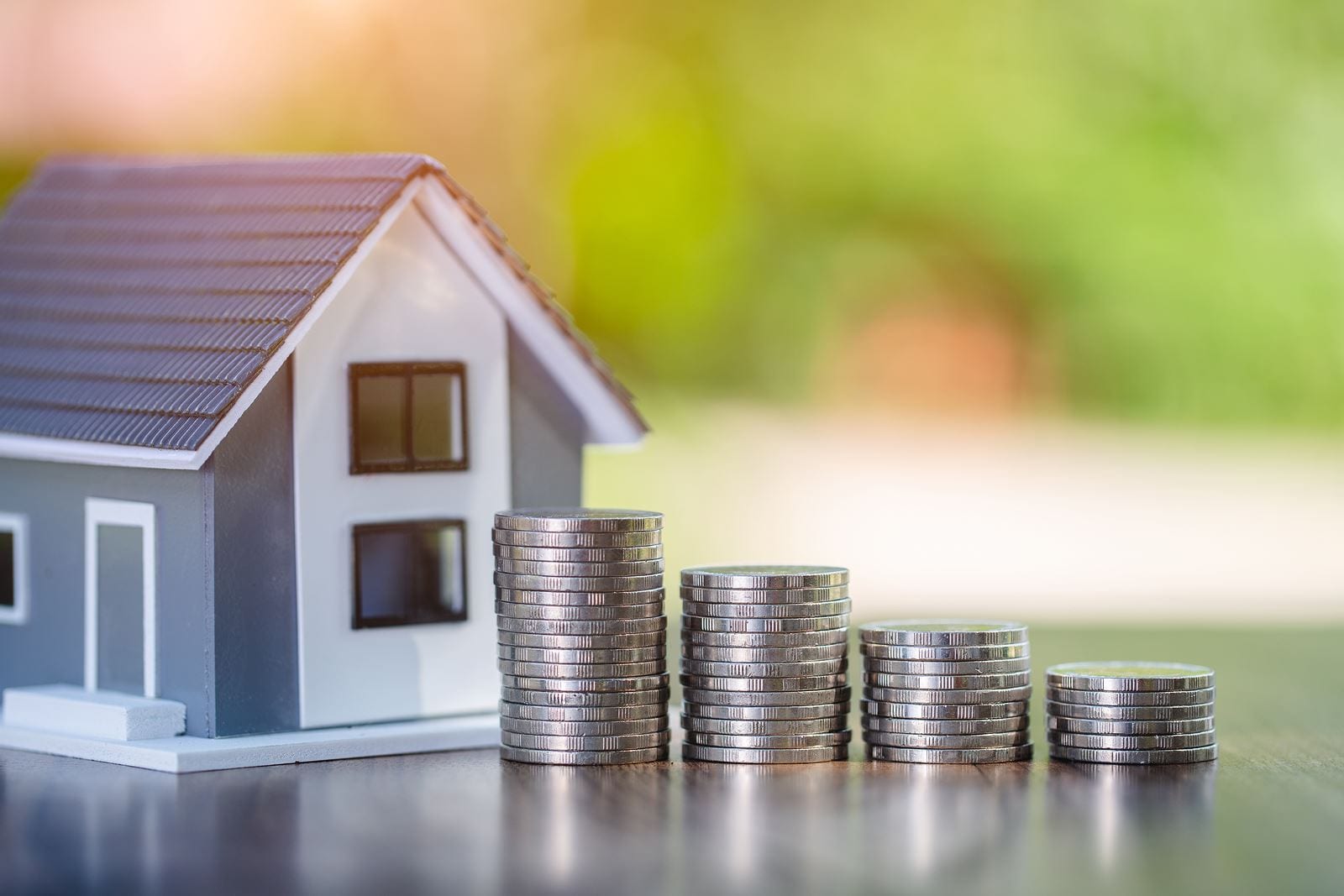
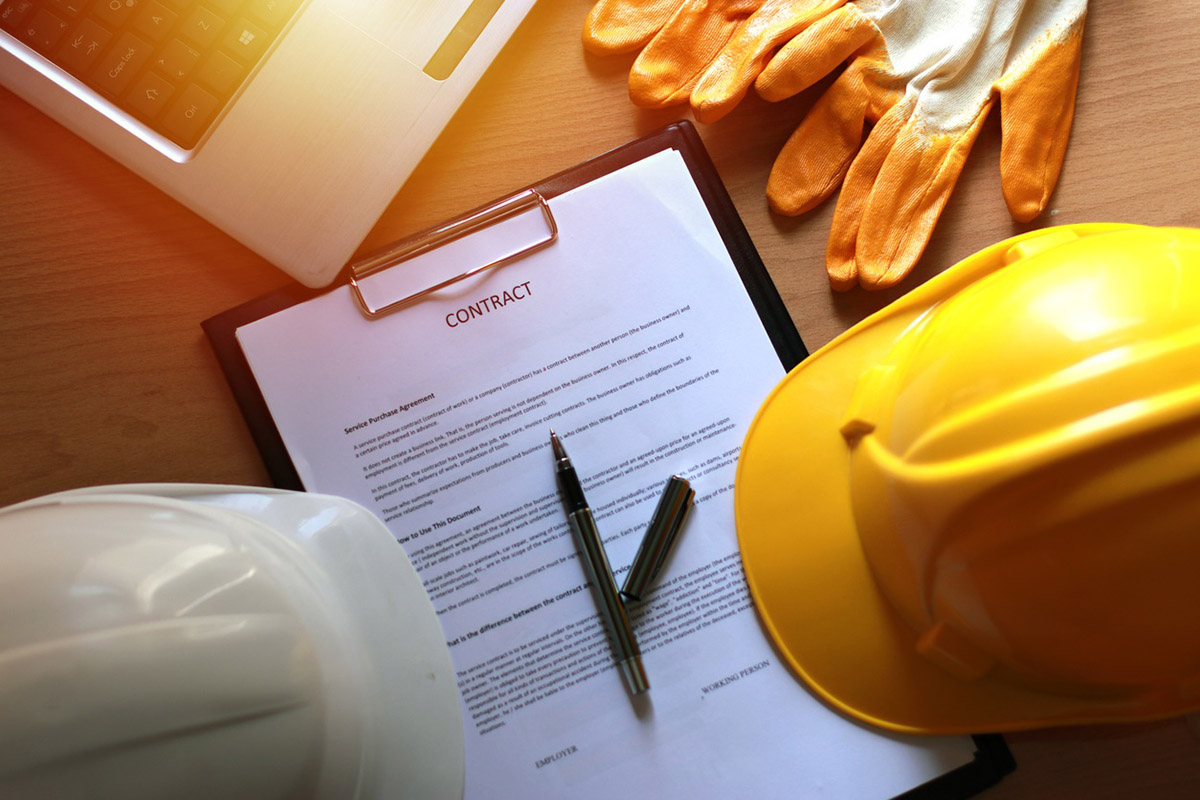
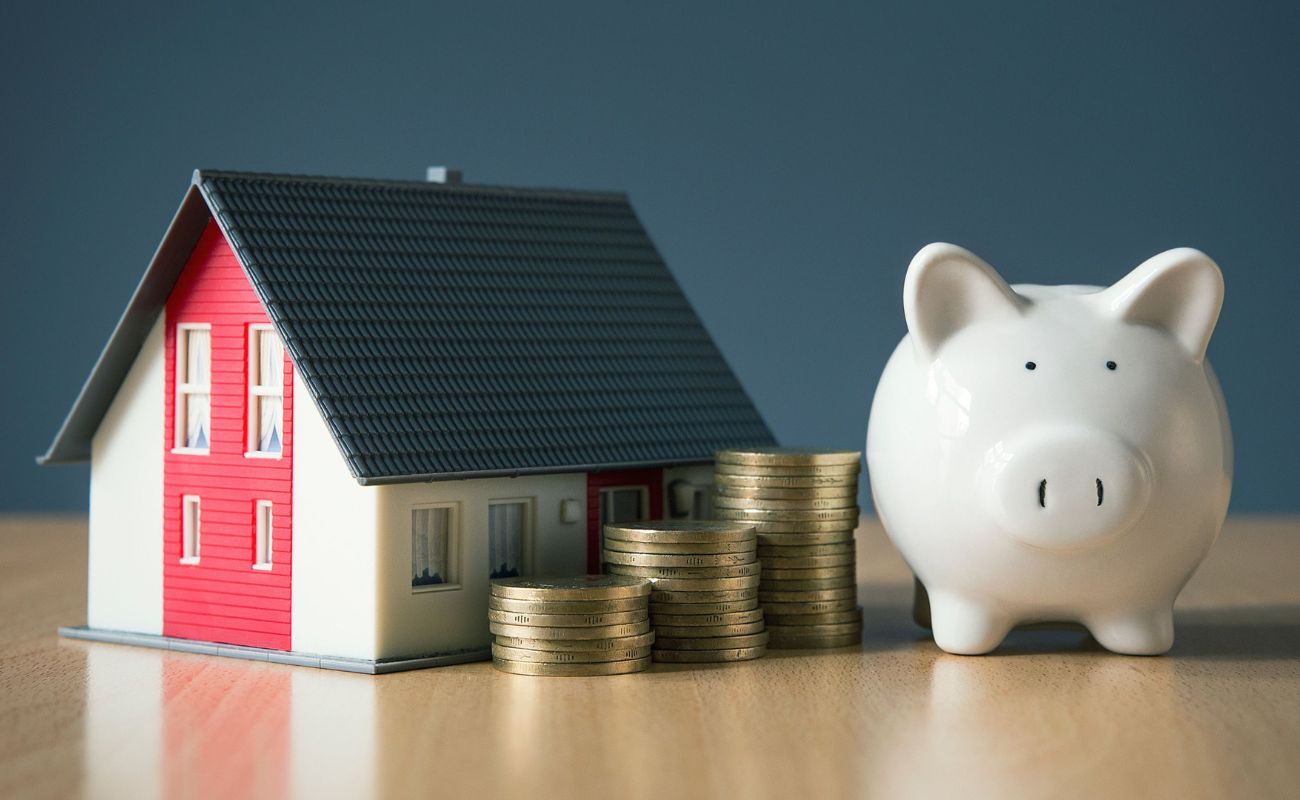

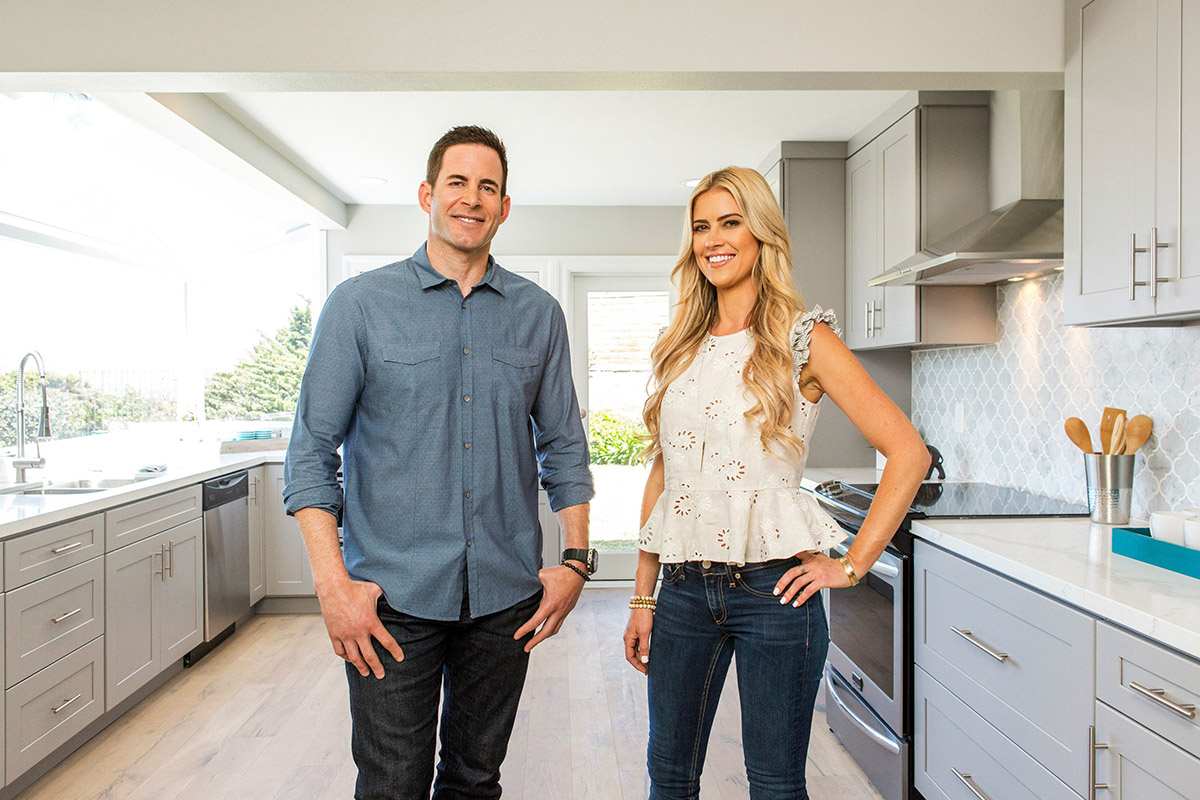


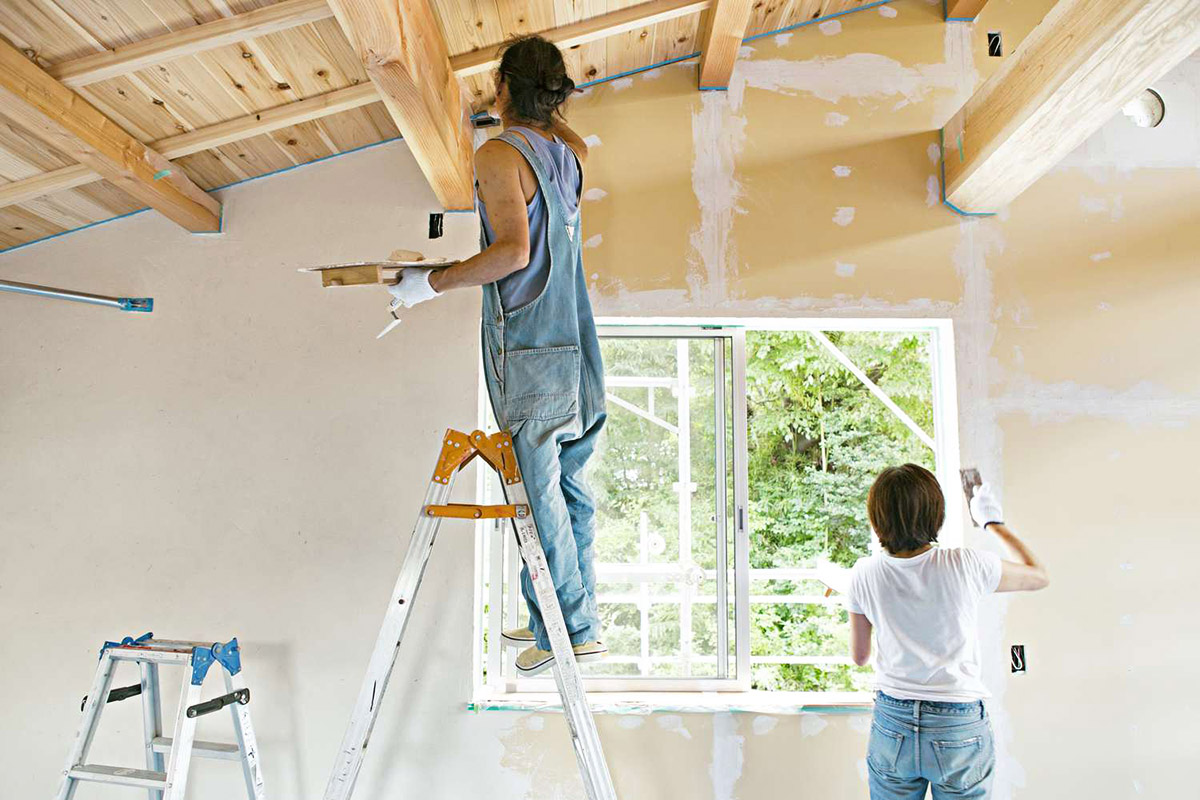



0 thoughts on “How To Finance Home Improvement”